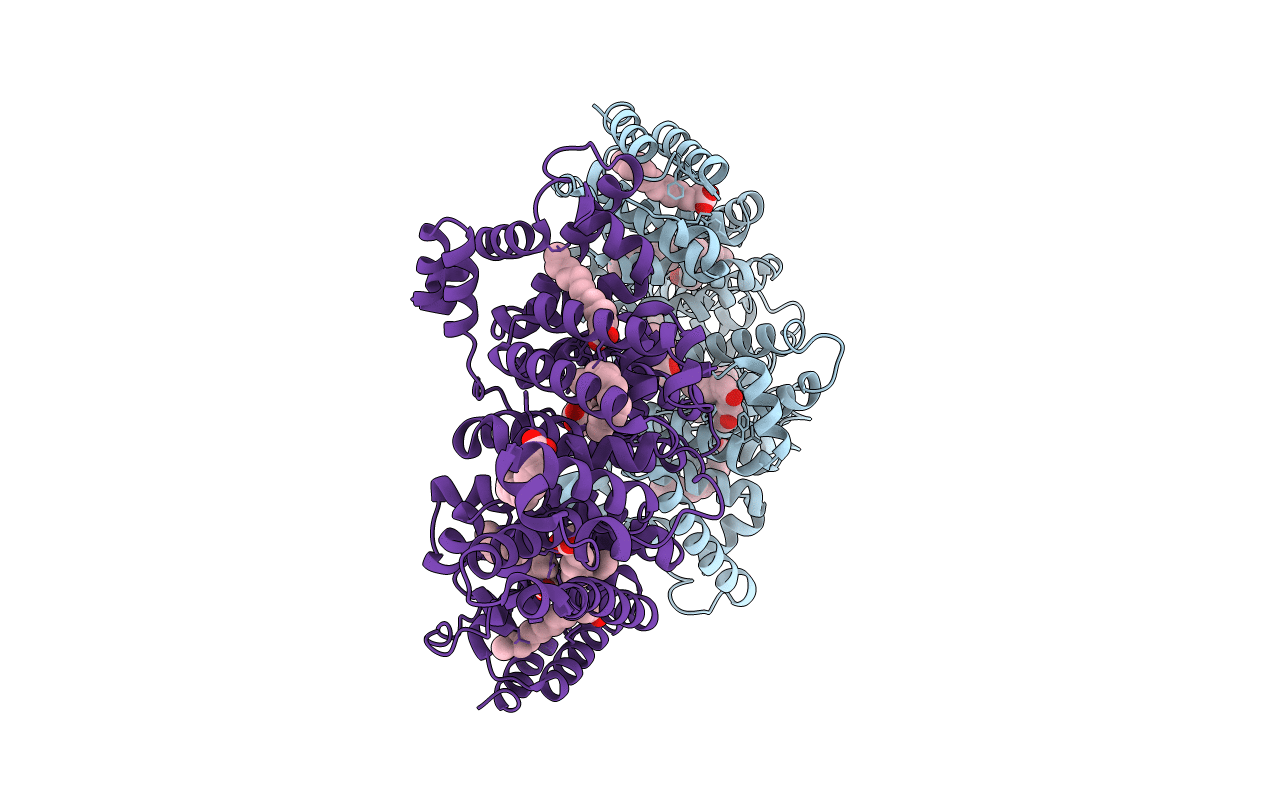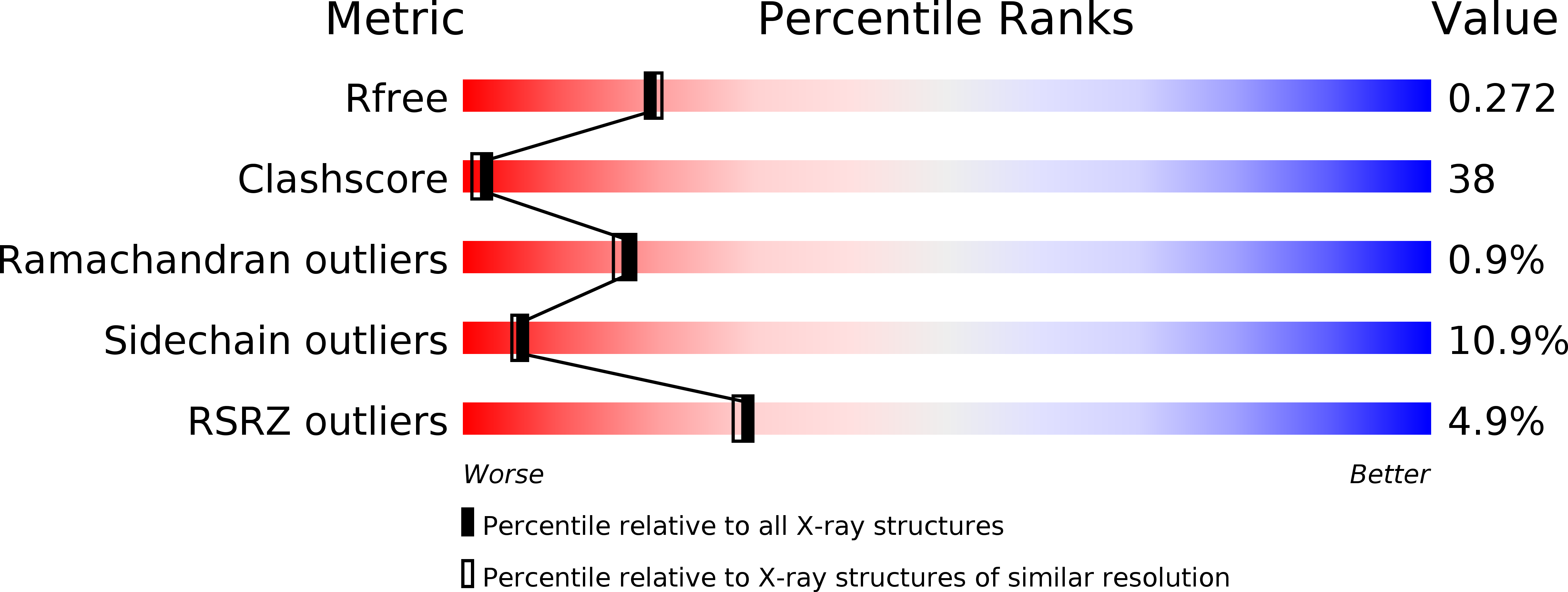
Deposition Date
2009-09-11
Release Date
2010-01-19
Last Version Date
2024-12-25
Entry Detail
PDB ID:
3A73
Keywords:
Title:
Crystal Structure Analysis of Human serum albumin complexed with delta 12-prostaglandin J2
Biological Source:
Source Organism:
Homo sapiens (Taxon ID: 9606)
Method Details:
Experimental Method:
Resolution:
2.19 Å
R-Value Free:
0.29
R-Value Work:
0.22
R-Value Observed:
0.23
Space Group:
P 1


